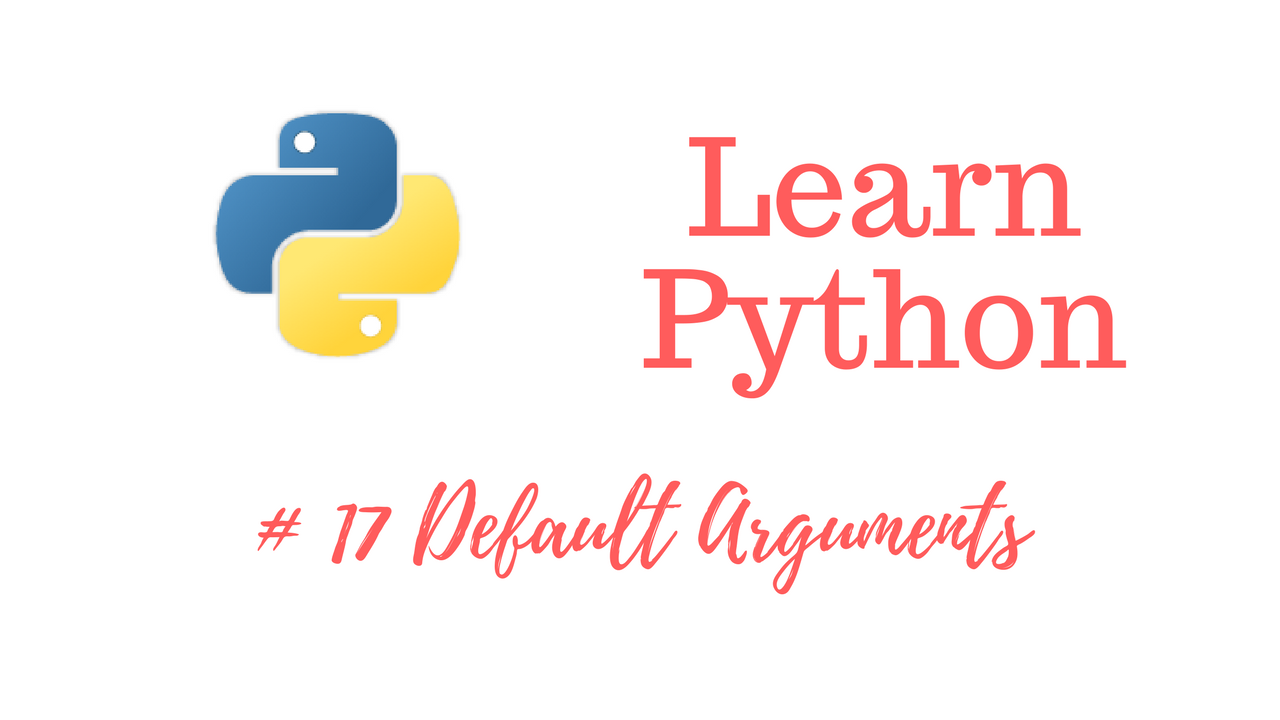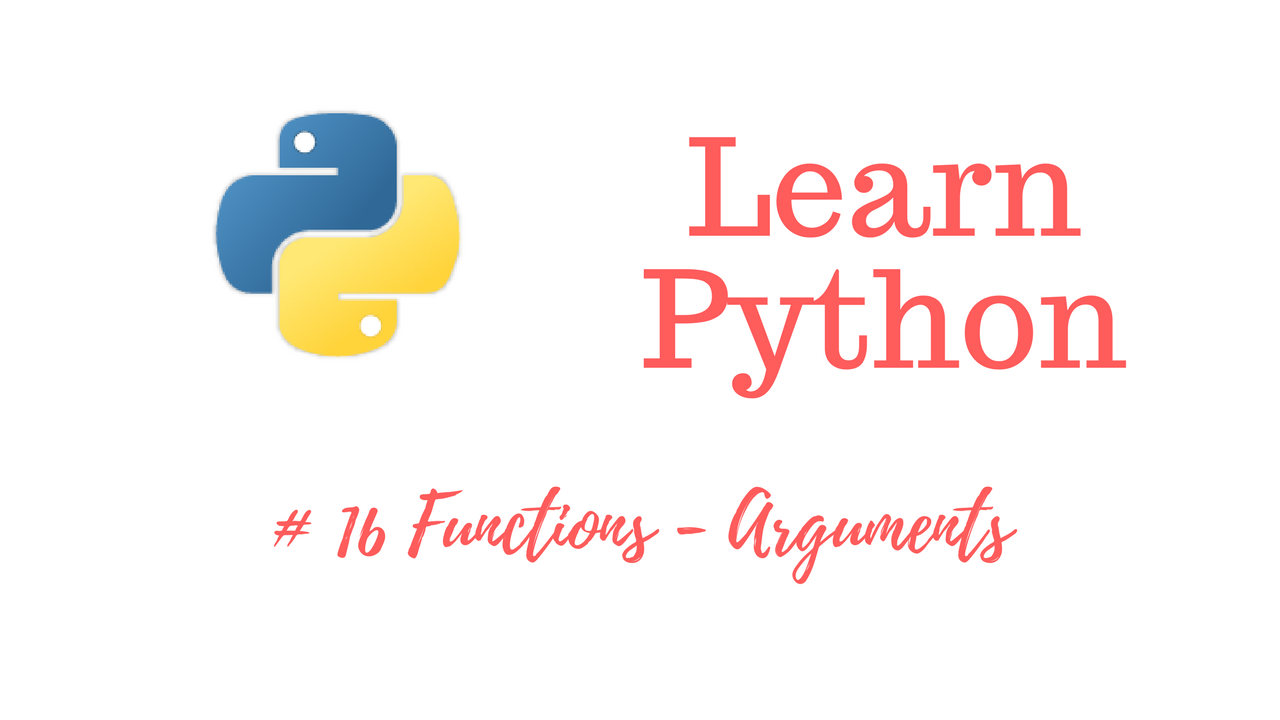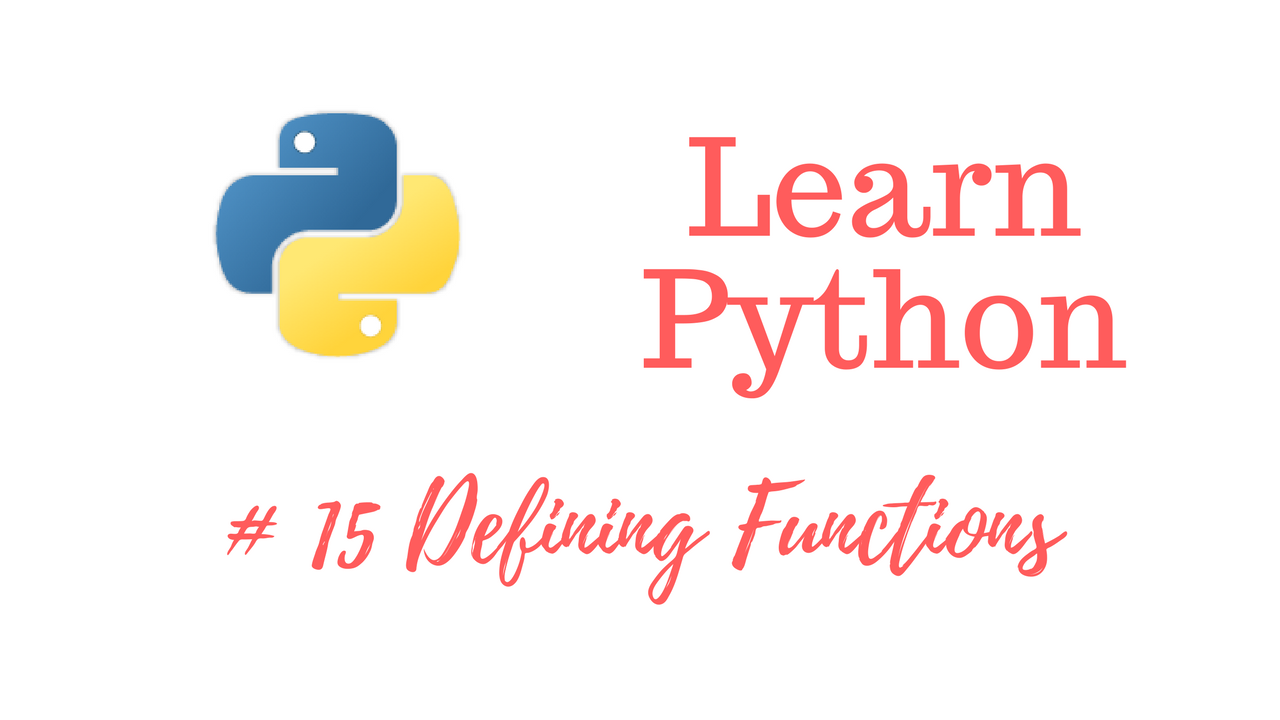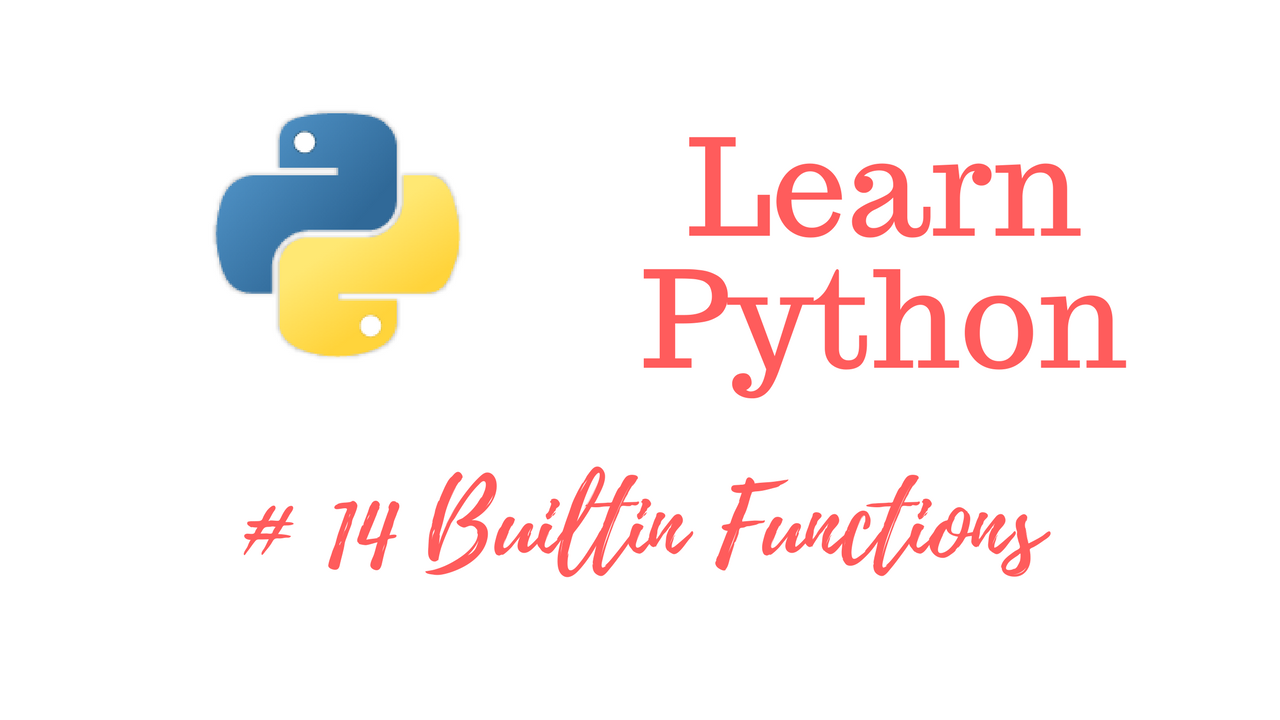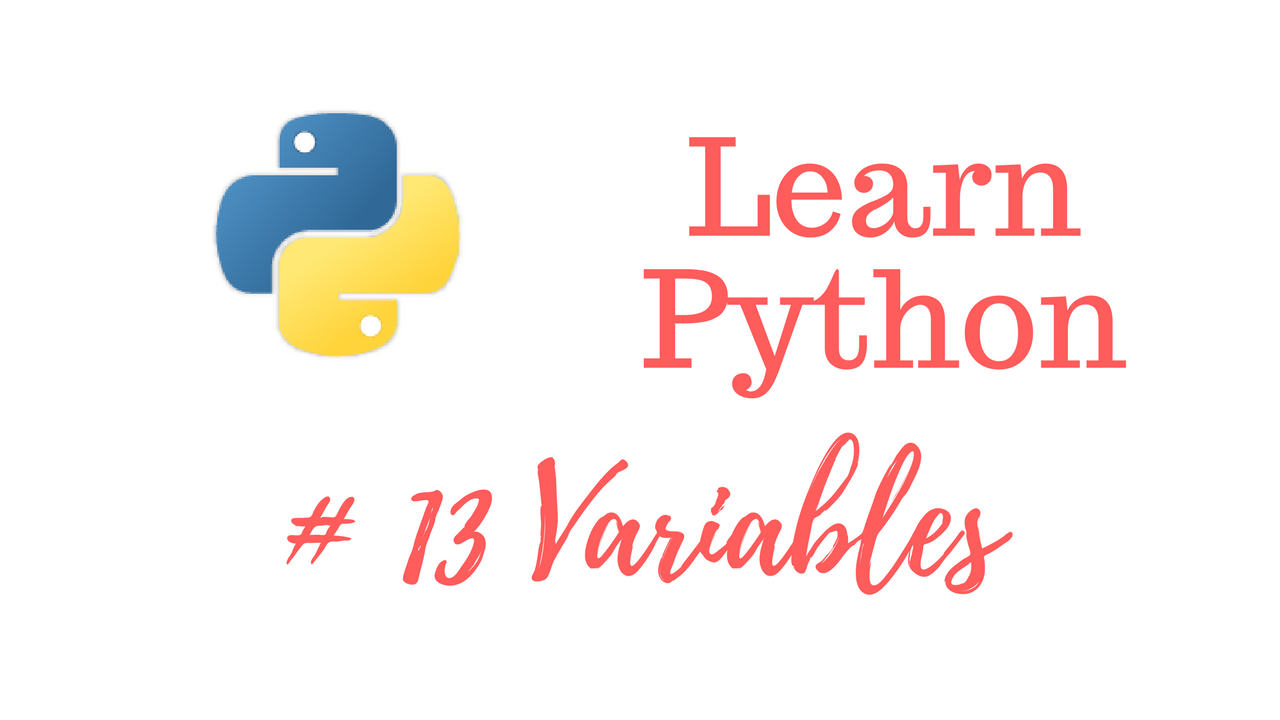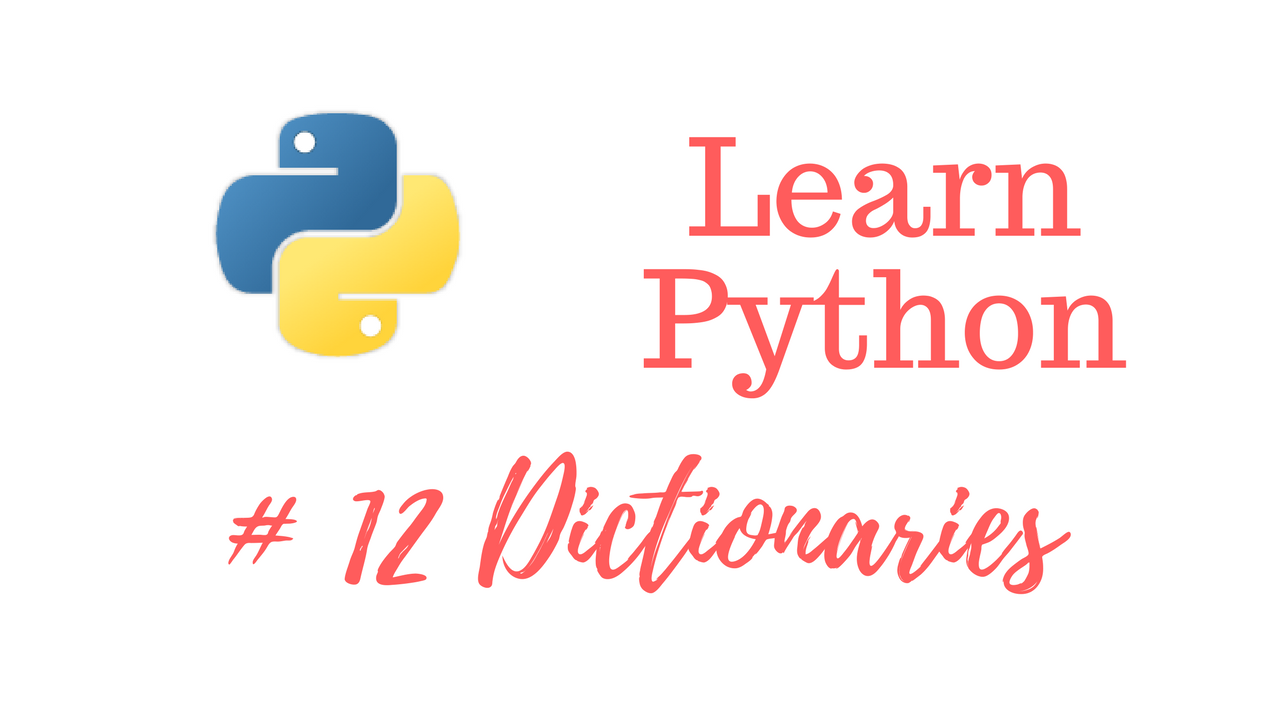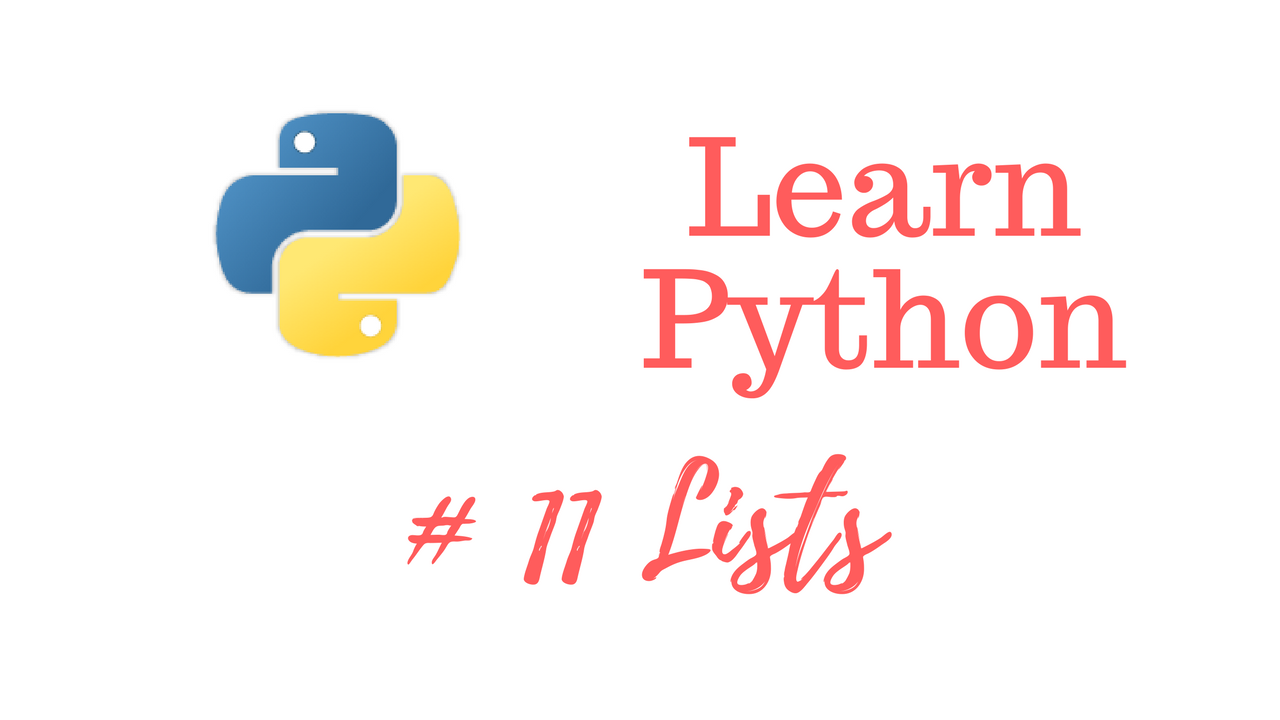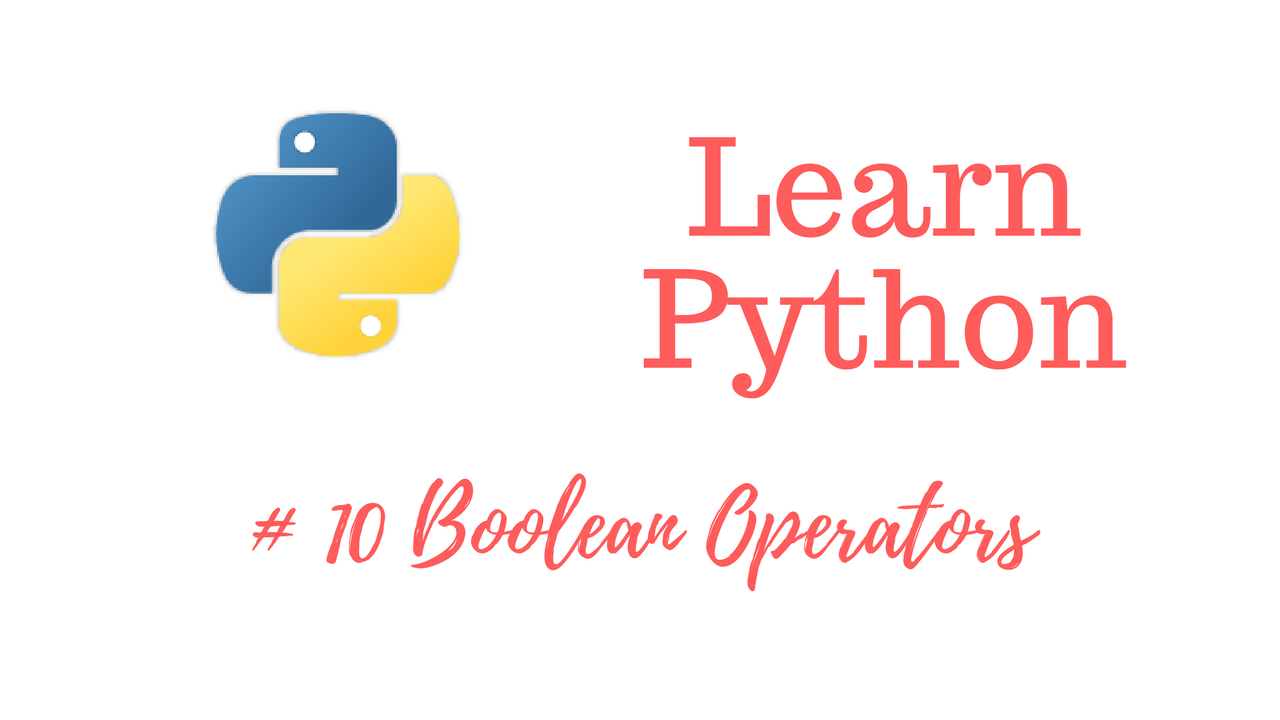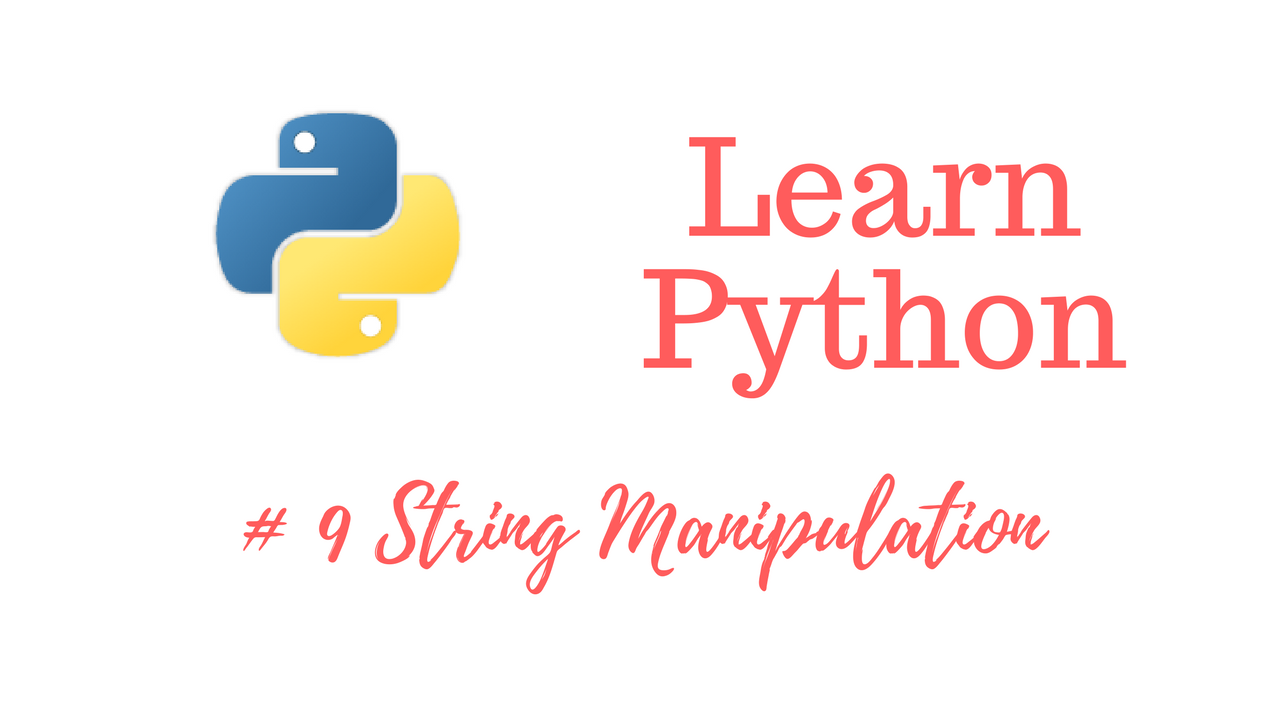
Get The Learn to Code Course Bundle!
https://josephdelgadillo.com/product/learn-to-code-course-bundle/
Enroll in The Complete Python Course on Udemy!
https://www.udemy.com/python-complete/?couponCode=PYTHONWP
Alright! So, let’s talk about keyword arguments. The first keyword, or boolean, that we are going to cover is None. Basically, this is the equivalent to null in other languages. So, let’s go ahead and write our previous function.
def print_something(name = "Someone", age = "Unknown"):
print("My name is", name, "and my age is", age)
print_something(None, 27)
There isn’t a way to pass in an argument that isn’t first one being used unless we use keyword arguments. We can also define the variable when we call the function.
def print_something(name = "Someone", age = "Unknown"):
print("My name is", name, "and my age is", age)
print_something(age = 27, name = "Nick")
By using keyword arguments, we can specify which value is supposed to go in a particular variable.
Web – https://josephdelgadillo.com/
Subscribe – https://goo.gl/tkaGgy
Follow for Updates – https://steemit.com/@jo3potato
